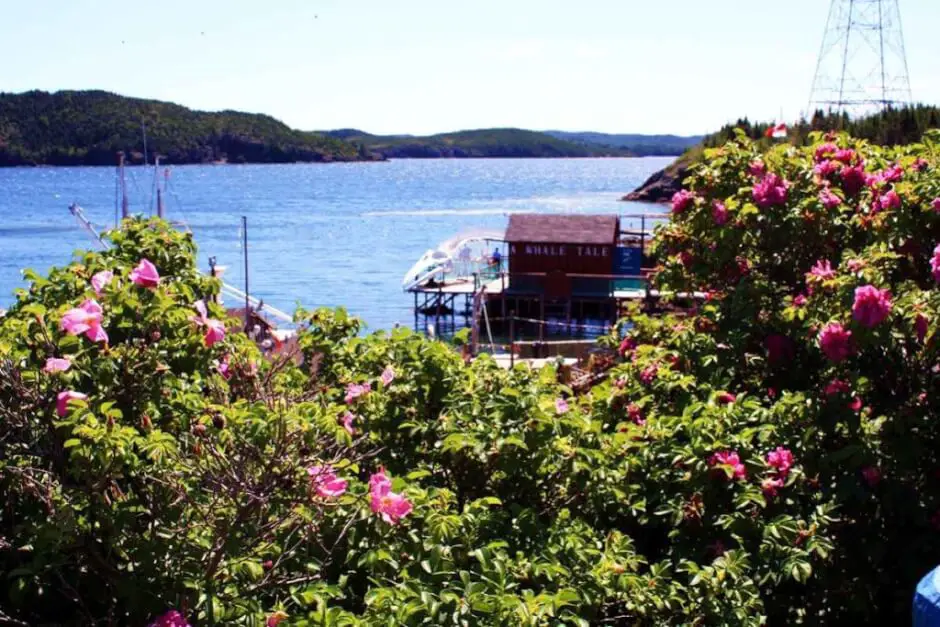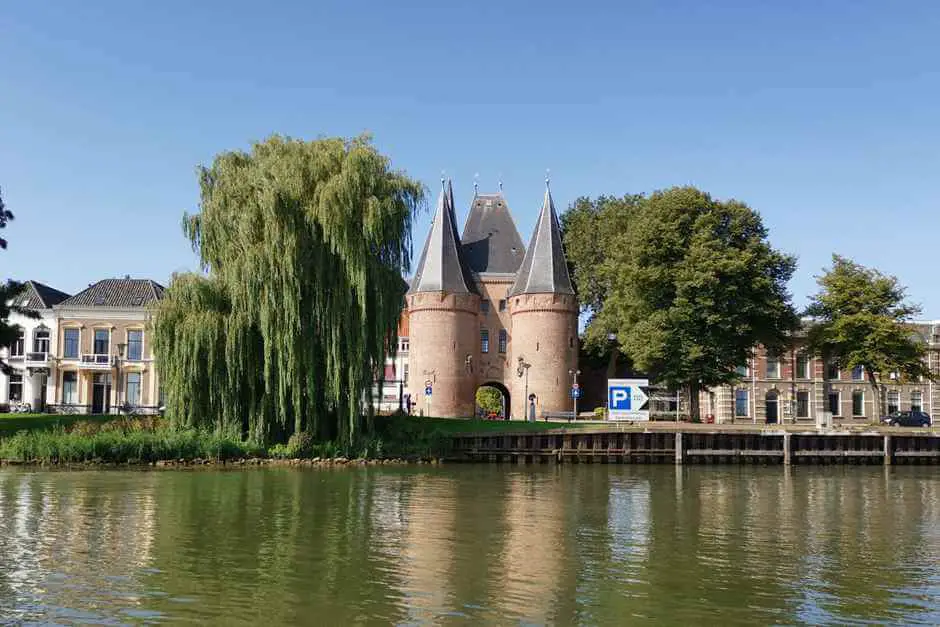Everything about fishing in Newfoundland
Just behind the bridge over the narrow channel that separates South Twillingate Island from the main island of Newfoundland, on the left is the Twillingate Newfoundland Fisheries Museum - Prime Berth. You can't miss it, as the museum's website address is emblazoned in large letters on the roof of the main building and an imaginative sign shows us the entrance to the parking lot. Anyone who expects the term “museum” to be something dusty and dry will be surprised at how much tongue-in-cheek history can be presented. Already at the parking lot in front of the museum, a plastic sailor with beady eyes stares at us from his rowing boat and gives us a little foretaste of what awaits us in the museum. Another example on our Newfoundland trip St. John and Trinity up to here, which shows the humor of the Newfoundland.
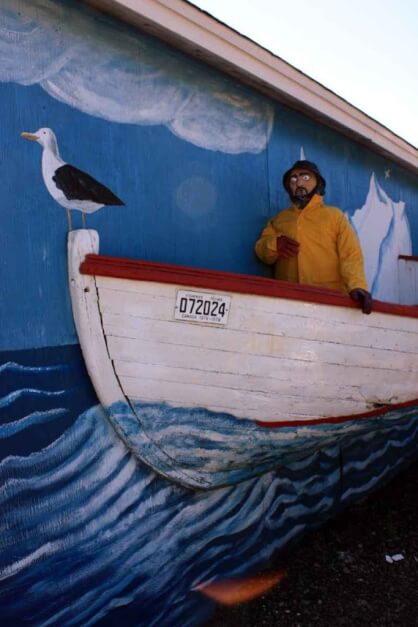
The Fisheries Museum in Twillingate Newfoundland
In their small fishing museum in Twillingate Newfoundland, David Boyd and his wife Christine remember the golden age of fishing off Newfoundland's coast, when fishing was still the most important source of income on the island. David went out to sea with his father and learned from him how to catch and process fish. Those days have been over since the end of the 20th century, when a Canadian government moratorium banned fishing for cod because their numbers had declined dramatically. While there have been encouraging signs of recovery in fish stocks since 2005, there is still a long way to go before the cod population returns to previous levels. And many former fishermen have now sought other livelihoods and given up fishing, which has often been a family tradition for generations.
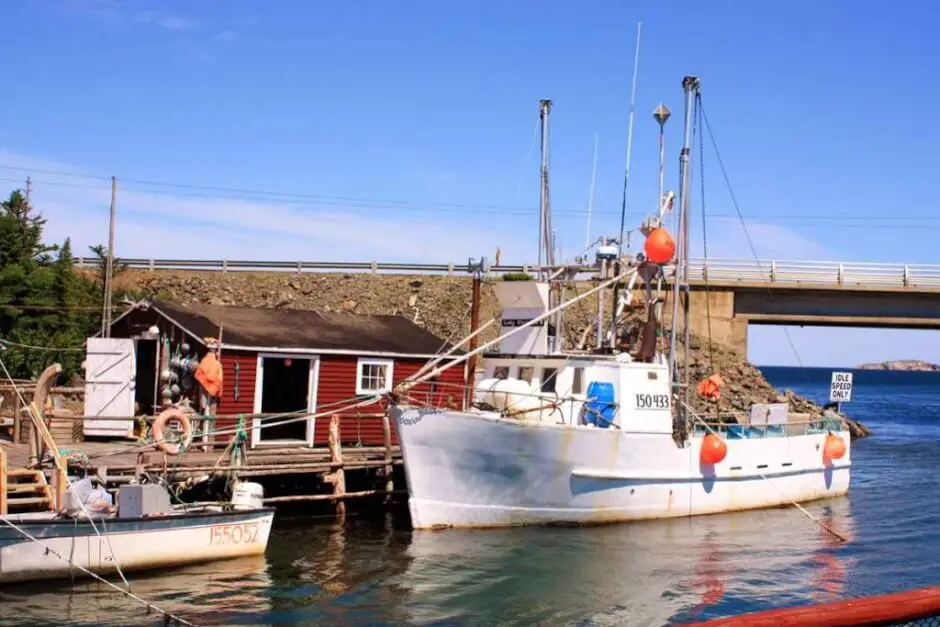
Prime Berth – the fishing museum in Twillingate
It was similar with David Boyd. He had grown up in a fishing family in Twillingate Newfoundland, and his father's house had once held the lottery where the best place - the "Prime Berth" - had been raffled off for trapping. Every May, the Twillingate fishermen gathered in his father's kitchen, hoping to get this space for their cod traps. In memory of this, David and his wife named their museum after this event.
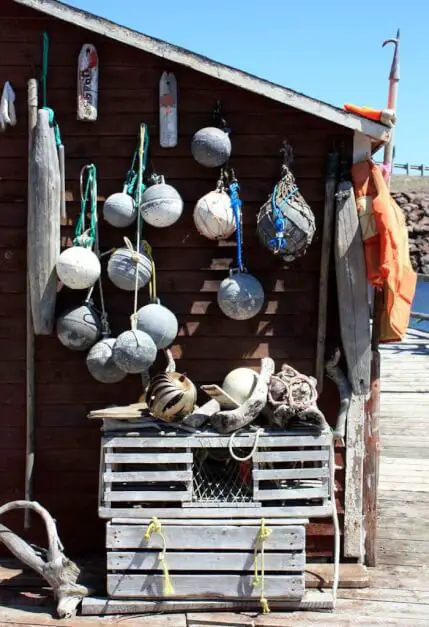
The two of them gathered all sorts of paraphernalia to show posterity how fishing was done in Twillingate. There are lobster traps and buoys to marvel at, anchor chains and lines, nets, oars and dories, the small boats with which they controlled their nets off the coast. In their fishing museum in Twillingate Newfoundland you will learn a lot of interesting facts about the island's fishing.
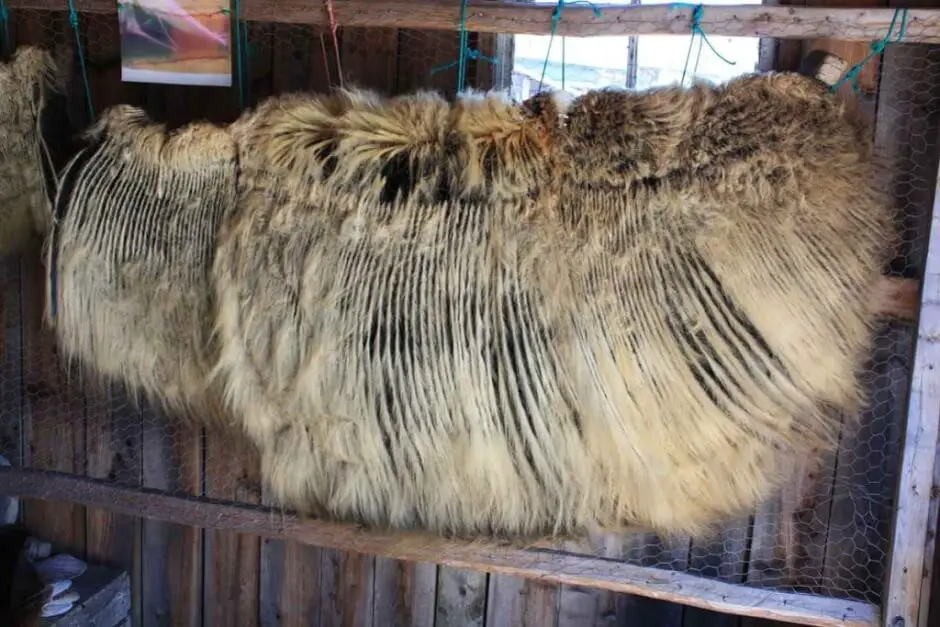
Whaling around Newfoundland
From the times when whaling was still permitted, the Fisheries Museum in Twillingate Newfoundland shows the impressive jaws of the whales with whale baleen through which they filter krill and plankton, the tiny sea creatures on which they feed. It's hard to believe that the largest sea creatures can survive on the smallest animals that live in the sea.
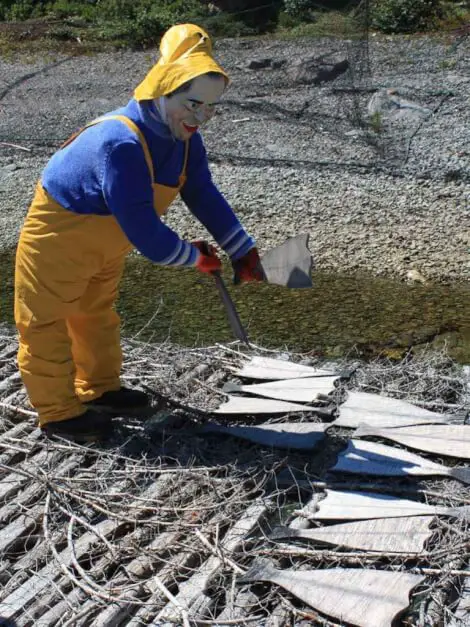
dried fish
Funny figures in the Fisheries Museum in Twillingate Newfoundland show how the caught fish was once laid out to dry - a laborious job, as the fish first had to be gutted and then filleted before being dried on wooden racks in the sun. These fish drying systems must have given off an intense smell, as you can vividly imagine. There were no cooling systems back then.
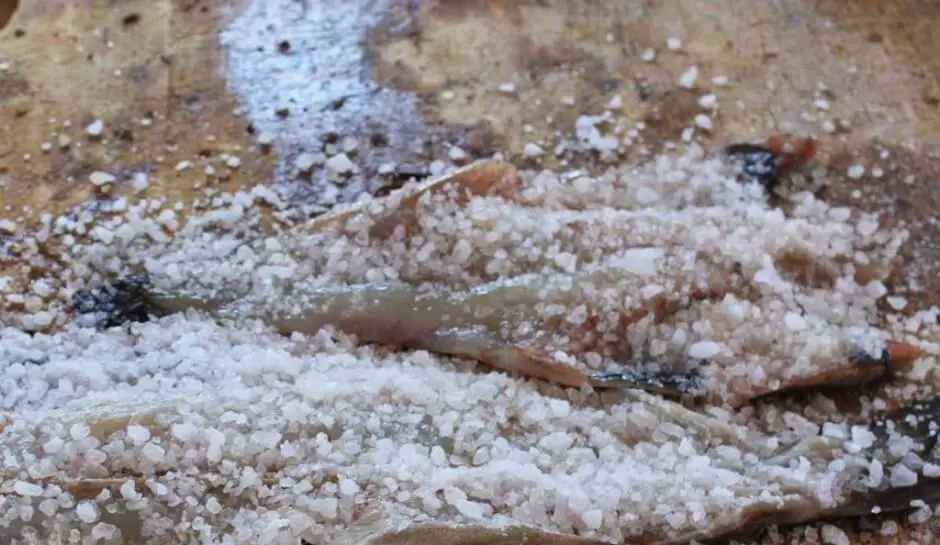
saltfish
Another way to preserve the fish was to salt the fish fillets. David and his crew are happy to show this on request. There is a lot of interesting things to discover and learn in this fishing museum in Twillingate Newfoundland, which could hardly show the history of the region but also the humorous mentality of the Newfoundlanders better. Therefore, our conclusion is: A visit to the “Prime Berth” museum is a must if you come to Twillingate, Newfoundland.
The Prime Berth Fisheries Museum in Twillingate Newfoundland is just off Highway 340, left behind the bridge to South Twillingate Island.
What else you can do in Twillingate Newfoundland
That's what you need on a trip to Newfoundland
- Good hiking boots, because many regions are best explored on foot
- In summer: one waterproof rain jacketthat protects against the fresh breeze from the sea. In the spring: a wax jacket, because it provides even better protection against the wind and cold on boats and icebergs.
- Since a trip through Newfoundland always involves rough terrain and weather, we also recommend one Protective cover for the mobile phone * and one Backpack for the camera, in which you can safely store lenses and accessories.
- Even if you are traveling in the north of Canada, the sun can shine intensely here. Therefore, you should definitely one Sunglasses*, Sunscreen* and one Wide brimmed hat have along.
- Because of the weather, you should dress in layers. This way, if the weather changes, you can quickly adapt to the new conditions. One Fleece jacket* is very helpful.
If you purchase via a link marked *, we receive a commission, which we use to run this blog.

Do you know this?
- Newfoundland blogs for travel preparation
- Hotels in St. John's Newfoundland
- Three villages on Prince Edward Island
- Enjoy the most beautiful cities in Canada
- Museums in Canada are different
Sources – Fisheries Museum in Twillingate Newfoundland: own research on site. Our opinions definitely remain our own.
Text: © Copyright Monika Fuchs and TWO
Photos: © Copyright Monika Fuchs and TWO
Video: © Copyright Petar Fuchs and TWO
